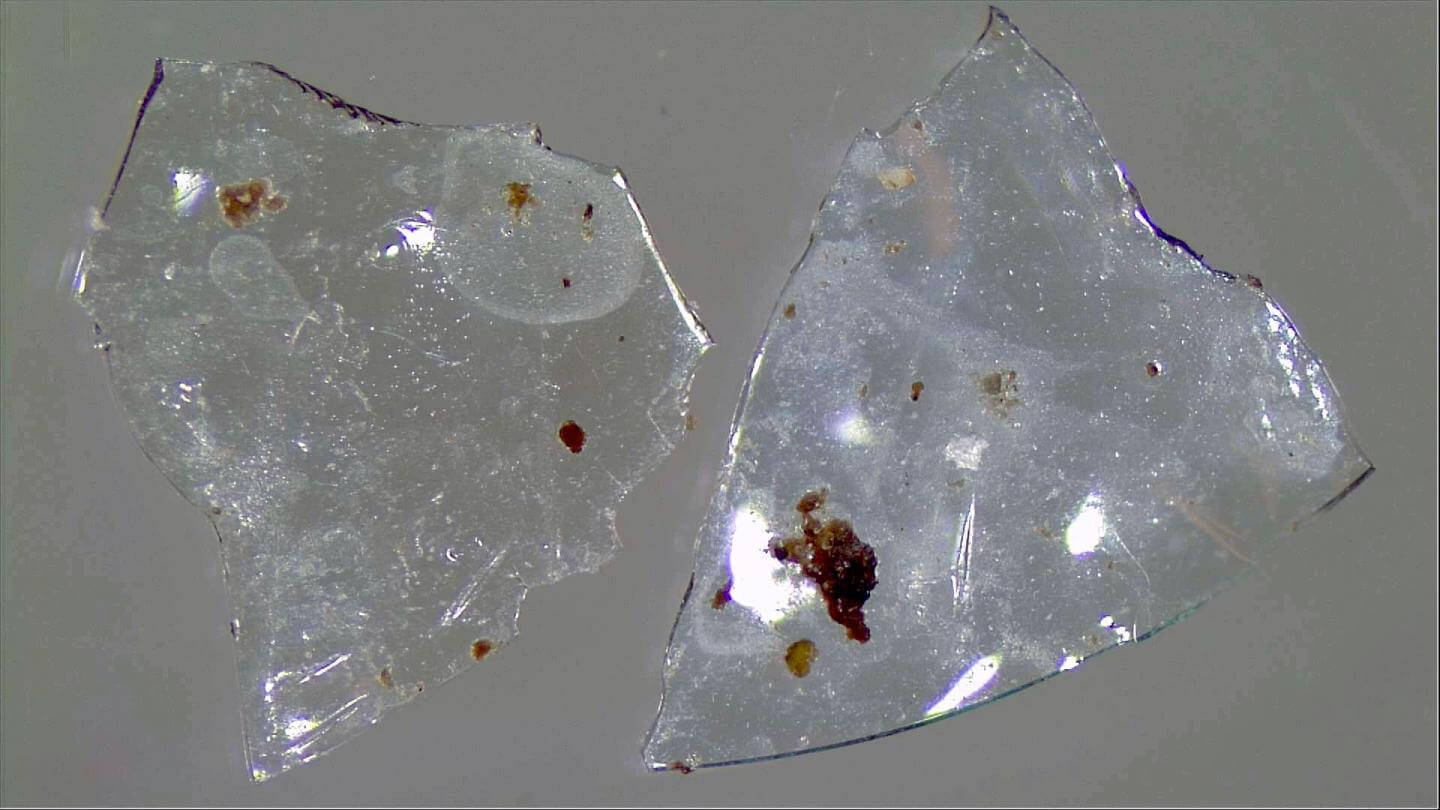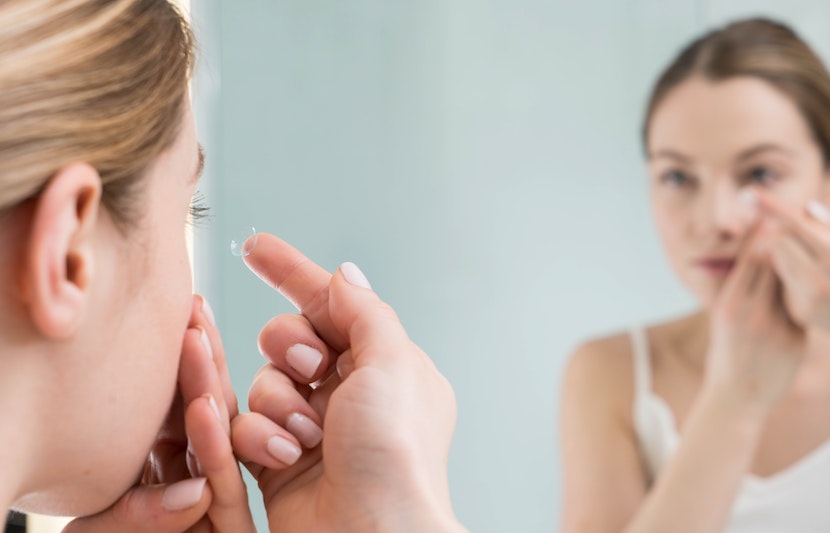There has been a lot of publicity surrounding the ill-effects of single-use plastics on the environment, but now the finger is pointed at a new pollutant — contact lenses.
Researchers from Arizona State University (ASU) have determined that flushing or throwing contact lenses down the drain is harming animals, humans and the environment.
If lenses are disposed via the sink or toilet, they will travel to wastewater treatment plants and absorb toxins.
When the fractured, toxic contacts enter nearby rivers, they can be consumed by fish and other wildlife species that mistake the microplastics for food.
The animals are part of a long food chain, so anything they consume could easily find its way into human bodies.
The team estimated that six to 10 metric tons of plastic contact lenses end up in U.S. wastewater every year.
Widespread use of contacts
Millions of people in the U.S. use contacts, and more people are starting to use “daily disposable lenses.”
To the researchers, the work is personal.
“I had worn glasses and contact lenses for most of my adult life,” Rolf Halden, director of the Biodesign Institute’s Center for Environmental Health Engineering at ASU and co-author of the study, said in a statement.
“But I started to wonder, has anyone done research on what happens to these plastic lenses?”
To their surprise, the researchers couldn’t find any studies answering what happened to contact lenses after use.
“We began looking into the U.S. market and conducted a survey of contact lens wearers. We found that 15 to 20 percent of contact wearers are flushing the lenses down the sink or toilet,” Charles Rolsky, a doctoral student and lead author of the study, said in a statement.
“This is a pretty large number, considering roughly 45 million people in the U.S. alone wear contact lenses,” he continued.
And although the majority of wearers claim to not dispose of their contacts through a drain, mistakes happen.
“The most common route is to dispose the lenses into the trash (solid waste),” said Halden.
“However, some contact users reported also that lenses can get lost, may get stuck in the sink and flushed accidentally later, or get lost during showering.”
The study
The researchers separated their study into three parts.
First, they conducted an anonymous survey of 139 individuals and concluded that 19 percent of contact wearers flush their contacts down the sink or toilet.
Second, the team conducted density experiments to determine where the contacts would gather during the treatment process at a wastewater facility. Filters at the plants are intended to keep plastics and other non-biological waste items out, but contacts are made with very flexible plastics that can sneak through filters.
Third, the researchers exposed a variety of contact lenses to microorganisms present at wastewater plants to understand how the lenses would break down. The team noticed that the bonds of the plastic material began to weaken after long-term exposure, thus creating microplastics.

The research was recently presented at the American Chemical Society’s meeting in Boston.
The third author of the study is graduate research assistant Varun Kelkar, who is also from the Biodesign Institute’s Center for Environmental Health Engineering at ASU.
What’s next?
The researchers hope this study will encourage manufacturers to, at the very least, label packaging with the proper method of how to dispose of contact lenses.
It has also been proposed that manufacturers should begin recycling initiatives to reclaim plastic from used lenses, but it is still unclear if consumers will make use of it, said Halden.
Additionally, there needs to be more research done on the environmental impact of contact lenses.“We know now that contact lenses contribute to microplastic pollution,” said Halden. “One new research area is the study of where the lenses travel after ending up in wastewater, sludge and surface waters. Another one should concentrate on the development of contact lenses that safely degrade in a reasonable timeframe upon accidental release into the environment.”



